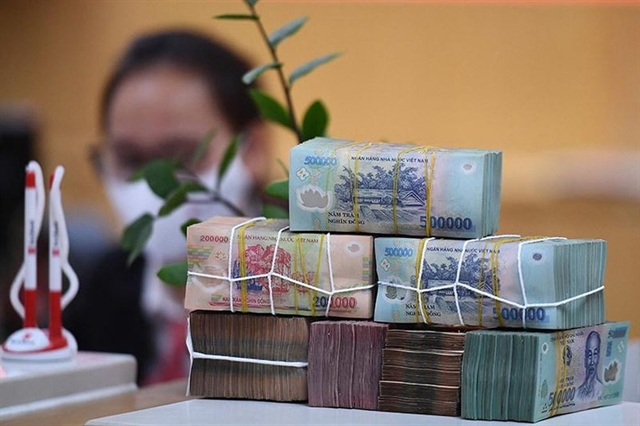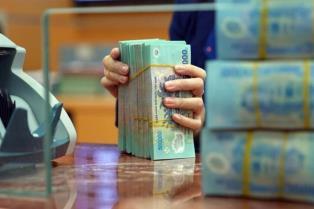The policy, effective from 15 September this year, prioritises capital consolidation over shareholder payouts and signals a shift from broad-based encouragement to more selective oversight.

HÀ NỘI — New capital safety regulations are set to reshape dividend practices across Việt Nam’s banking sector.
Under Circular 14/2025, issued by the State Bank of Vietnam (SBV), commercial banks and foreign bank branches may only pay cash dividends if they meet a series of strict capital adequacy conditions.
The policy, effective from 15 September this year, prioritises capital consolidation over shareholder payouts and signals a shift from broad-based encouragement to more selective oversight.
To qualify for cash profit distribution, banks must meet minimum standalone capital ratios: Tier 1 core capital at 4.5 per cent, Tier 1 capital at 6 per cent, and a capital adequacy ratio (CAR) of at least 8 per cent. For banks with subsidiaries, these thresholds apply both on a standalone and consolidated basis.
Where a subsidiary is an insurance firm, full consolidation is not required under accounting rules, but credit, operational, and market risks must still be included when calculating the consolidated CAR. In such cases, the standardised approach must be used to assess credit risk.
In anticipation of these requirements and to support continued business growth, most banks have already begun raising charter capital. By early 2025, total charter capital across 28 domestic commercial banks had reached more than VNĐ823.5 trillion (approximately US$33 billion), up 15 per cent from the end of 2023. The number of banks with charter capital exceeding US$1 billion increased from twelve to fifteen, with privately held banks leading the momentum.
NCB, for instance, aims to raise its charter capital to VNĐ19.28 trillion this year. Its capital increase plan has been approved by the SBV, and seventeen professional investors – including current shareholders – have registered to participate in the private placement.
KienlongBank also plans to raise its charter capital from VNĐ3.65 trillion to VNĐ5.82 trillion. An earlier, more ambitious proposal to double capital to VNĐ7.27 trillion via a 50 per cent stock dividend and rights offering was rejected by shareholders in April.
Cash payout
LPBank led the market with a 25 per cent cash dividend, equivalent to VNĐ2,500 per share. With nearly 2.99 billion shares outstanding, the bank paid out approximately VNĐ7.47 trillion, or US$300 million – the highest dividend amount in the sector this year.
VPBank, TPBank, and VIB announced second-quarter cash dividends of 5, 10, and 7 per cent respectively. VIB, which has historically maintained a blended approach to dividends (except during the pandemic years), is allocating more than VNĐ2 trillion in cash this year and will issue bonus shares of up to 14 per cent to boost charter capital. VPBank, now in its third consecutive year of cash dividends, is distributing 5 per cent to shareholders, totalling nearly VNĐ4 trillion.
TPBank, similarly, will distribute more than VNĐ2.6 trillion in cash (10 per cent) and issue up to 5 per cent in new shares. The strategy, according to TPBank leadership, reflects stable operational performance and aims to reward long-term investors.
Việt Nam’s banking regulator first began restricting cash dividends in 2020 to ensure that capital resources were prioritised for strengthening equity, handling bad debts, settling VAMC bonds, and easing lending conditions for the wider economy. State-owned banks such as Vietcombank, BIDV, and VietinBank were exempted due to obligations with the State Treasury.
As capital rules become more stringent, the era of widespread cash dividends may be drawing to a close, according to industry insiders. Only banks with solid balance sheets and forward-looking strategies will be positioned to continue rewarding shareholders in this way. The landscape is changing, and with it, the expectations of both regulators and investors. VNS





